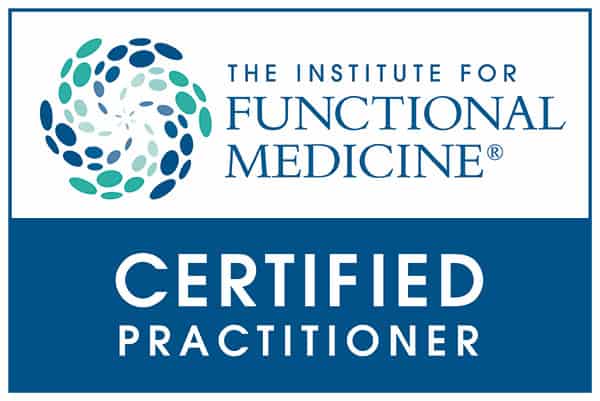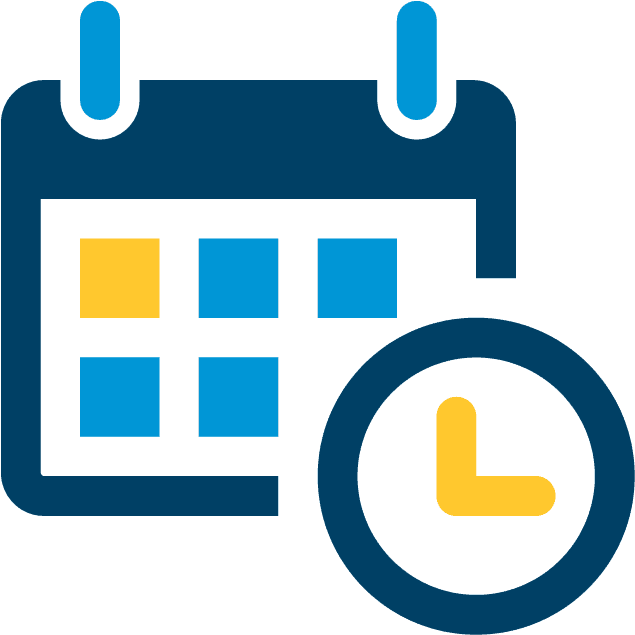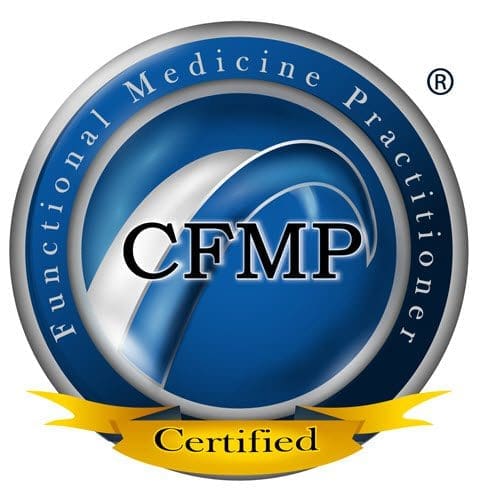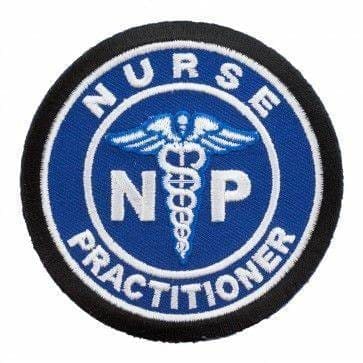Fitness
Back and Spinal Fitness at PUSH as Rx leads the field with a laser focus on supporting our youth sports programs. The PUSH-as-Rx System is a sport-specific athletic program designed by a strength-agility coach and physiology doctor with a combined 40 years of experience working with extreme athletes.
The program is the multidisciplinary study of reactive agility, body mechanics, and extreme motion dynamics at its core. A clear quantitative picture of body dynamics emerges through continuous and detailed assessments of the athletes in motion and under directly supervised stress loads.
Exposure to the biomechanical vulnerabilities is presented to our team. Immediately, we adjust our methods for our athletes to optimize performance. This highly adaptive system with continual dynamic adjustments has helped many of our athletes return faster, stronger, and ready post injury while safely minimizing recovery times.
Results demonstrate clear improved agility, speed, decreased reaction time with greatly improved postural-torque mechanics. PUSH-as-Rx offers specialized extreme performance enhancements to our athletes no matter the age.
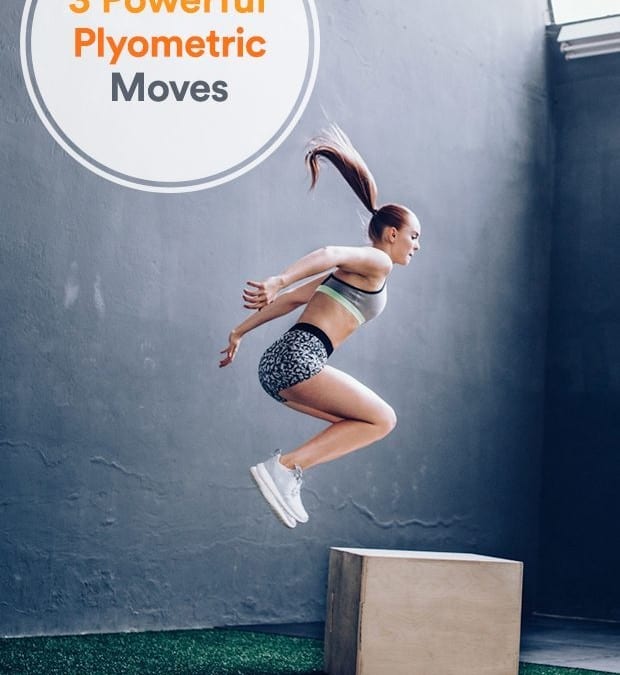
by Dr Alex Jimenez DC, APRN, FNP-BC, CFMP, IFMCP | Fitness, Health, Wellness
Walk into any�HIIT�class or CrossFit box and chances are you�ll be asked to do a variation of a plyometric jump. Box jumps, frog leaps and tuck jumps help you improve your�VO2 max�(speed), flexibility and�range of motion. But that�s not all. Their explosive power works your entire body, while getting your heart rate up.
Kat Ellis, head trainer and instructor at�Uplift Studios�in New York City, says, �Plyometrics are a mix of stability and strength, and create a strong foundation for doing explosive�weightlifting�moves like the�clean and jerk�and�snatch.�
But if you�re not nailing down the form of these moves properly, you can risk injuring yourself and cause strain on your joints. That�s where tempo training comes in. Modulating movement based around a tempo allows the body to activate fast twitch muscle fibers and to learn to distinguish the difference between speed and power, Ellis explains. �The body finds a moment of explosive activation. For example if you�re doing a�push-up, concentrate on lowering the chest down for three seconds and pushing back up to a plank in one. The tempo, is 3-2-1, push.�
RELATED:�3 Fat-Blasting HIIT Workouts to Try Now
Plyometrics help develop�core strength�and joint stability, too. �Tempo training forces you to slow things down. You�re regressing the exercise to make sure your whole body is truly engaged,� Ellis explains.
According to the�National Academy of Sports Medicine, plyometrics are broken down into three phases: the eccentric phase, the amortization phase and the concentric phase. Take the box jump, for instance. The eccentric phase is when you�re in a half-squat position with your knees bent. When you drive from your heels to jump, that�s the amortization phase. The concentric phase is when you finally land on the box and release the energy and tension in your muscles. With that said, take Ellis�s lead, as she breaks down these three popular jumps.
RELATED:�3 Plyometric Moves That Turn up the Burn
Bust a Move: 3 Plyometrics Exercises, Broken Down
1. Frog Leaps


Progression 1
How to:�Stand with your feet a little wider than hip-distance apart with your toes slightly turned out to the sides. Raise your arms at your sides with your hands overhead and palms facing forward (a). Sit into a deep sumo squat with your butt back and down so your weight is evenly distributed from your arches to your heels (b). Press up from the squat and lift your right leg up to hip height, bending your right knee (c). At the same time, engage your right oblique muscles so you bring your right thigh towards your right elbow (d). Return to the starting position and repeat on the left side. Alternate for five reps on each side.
Progression 2
How to:�Sit back into a deep sump squat position with your hands overhead together and palms facing forward (a). Driving from your heels, jump up, bending your knees so your thighs touch or brush up against your thighs (b). Land softly into a sumo squat before jumping again (c). Do five to eight reps.
RELATED:�The Ultimate 20-Minute MetCon Workout
2. Tuck Jumps


Progression 1
How to:�Stand with your feet hip-distance apart with your toes facing forward (a). Sit into a squat with your arms at your sides raised to shoulder height, palms facing each other (b). As you stand up from the squat, lift your right leg to hip height with your right knee bent (c). At the same time, place one palm on top of the other to meet your right knee. Repeat on the left side (d). Alternate for five reps on each side.
Progression 2
How to:�Start in a squat position with your arms at shoulder height and palms facing each other (a). Jump up as high as you can, driving your knees towards your chest, almost touching the palms of your hands (b). Re-extend your legs to land softly on the ground (c). Do five to eight reps.
RELATED:�5 Plyo Box Exercises to Rev Your Fitness
3. Box Jumps


RELATED:�12 No-Bake Energy Bites Recipes
Progression 1
How to:�Stand behind a box or step with your feet shoulder-width apart and a slight bend in your knees (a). Step one foot at a time onto the box, keeping the slight bend in your knees, and then step back down one foot at a time (b). Do five reps.
Progression 2
How to:�Stand behind a box with your feet shoulder-width apart and a slight bend in your knees (a). Jump onto the box with both feet, landing with your knees slightly bent (b). Jump back down and repeat for five to eight reps. Note: If you�re doing this move in a CrossFit WOD, standard technique is to straighten your legs at the top of the box, standing tall, before hopping or stepping back down.
GIFs: Tiffany Ayuda / Life by Daily Burn
This article originally appeared on DailyBurn.com.
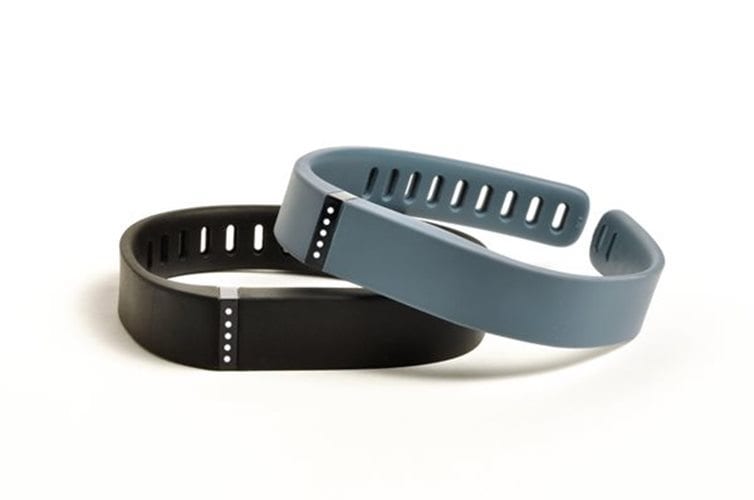
by Dr Alex Jimenez DC, APRN, FNP-BC, CFMP, IFMCP | Diets, Fitness
Some people who rely on fitness trackers to see how hard they work out may want to rethink this approach, according to a small study that suggests the increasingly popular devices may get more accurate heart rate readings when users are at rest than during exercise.
The study tested four popular wristbands, each of which has a light-emitting diode (LED) that measures heart rate from tiny changes in skin blood volumes by using light reflected from the skin.
Participants in the study – 40 healthy adults – wore two trackers on each wrist and compared resting and exercise heart rate readings on the devices to the gold standard used by doctors: an electrocardiogram (ECG or EKG) test.
At rest, the Fitbit Surge got heart rate measurements that most closely matched the ECG results, and the Basis Peak was furthest off. In tests that also included the Fitbit Charge and Mio Fuse, none of the trackers got exercise heart rate readings that came close to the ECG.
These results suggest that while the trackers may help monitor daily activity, it’s not clear the heart rate readouts would be accurate enough to help patients with certain health problems make medical decisions, the authors note in Annals of Internal Medicine.
“At any moment, the tracker could be off by a fair bit, but at most moments, it won’t be,” said lead study author Lisa Cadmus-Bertram of the University of Wisconsin in Madison.
“This is why our paper doesn’t suggest that the commercial trackers we tested would be sufficient for medical applications where high precision is needed during exercise,” Cadmus-Bertram said by email. “Yet for the typical recreational user, they may still provide feedback that’s useful and motivational.”
To assess the accuracy of the trackers, researchers examined heart rate data for participants who were 49 years old on average and slightly overweight.
First, they looked at the amount of agreement between the readings from the trackers and the ECG tests.
When participants were seated, researchers took readings for the trackers and the ECG tests at one-minute intervals for 10 minutes.
The narrowest range of differences between the trackers and the ECG, indicating the most accuracy, was for the Fitbit Surge. The range for this tracker ranged from an underestimation of 5.1 beats per minute to an overestimation of 4.5 beats per minute.
The widest range of difference at rest was for the Basis Peak, which ranged from an underestimation of 17.1 beats per minute to an overestimation of 22.6 beats per minute.
When participants exercised on a treadmill, the ranges were even wider. The Mio Fuse ranged from an underestimation of 22.5 beats per minute to an overestimation of 26 beats per minute, for example, while the Fitbit Charge range from an underestimation of 41 beats per minute to an overestimation of 36 beats per minute.
The study is small, and researchers found only limited repeatability with results for the same participant under the same conditions.
Still, the findings are an important first step in understanding the clinical validity of wrist trackers many patients already use, said Dr. Daniel Cantillon, a researcher at the Cleveland Clinic in Ohio who wasn’t involved in the study.
“We need data testing these devices among patients with specific disease states, such as heart failure, atrial fibrillation and other chronic medical problems, where it is possible that additional variation will occur with physical activity,” Cantillon said by email.
In particular, patients with the most common heart rhythm disorder, atrial fibrillation, shouldn’t rely on the trackers to detect abnormal rhythms, said Dr. Sumeet Chugh, a researcher at Cedars-Sinai Heart Institute in Los Angeles who wasn’t involved in the study.
“There is a lot at stake here,” Chugh said by email. “When it comes to the use of wrist-worn trackers, we need to be confident of accuracy comparable to treadmill testing if we are going to use the information for patient care.”
A spokesperson for Fitbit told Reuters Health that Fitbit trackers “are not intended to be medical devices” but instead “to give a more informed picture” of overall health. “Extensive internal studies . . . show that Fitbit’s PurePulse technology performs to industry standard expectations for optical heart rate on the wrist,” the spokesperson said.
Mark Gorelick, Chief Science Officer at Mio Global, said in a statement that the company’s technology “helps consumers understand the intensity of their exercise, based on their personal profile and heart rate data, and empowers them to proactively manage their health and reduce risk of lifestyle-related diseases.”
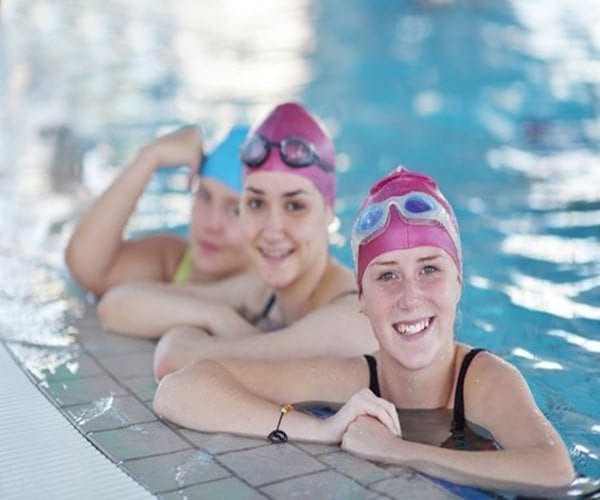
by Dr Alex Jimenez DC, APRN, FNP-BC, CFMP, IFMCP | Diets, Fitness
Just a bit of vigorous exercise each day could help some children and teens reduce their risk of developing heart problems and diabetes, researchers say.
The new study looked at nearly 11,600 kids, aged 4 to 18, in the United States, Brazil and Europe.
The investigators found that replacing light exercise with as little as 10 minutes a day of intense activity may provide significant cardiometabolic benefits for young people who have relatively large waists and elevated levels of insulin in their blood. These are factors that put them at risk for developing heart problems and metabolic diseases, such as type 2 diabetes.
“The results suggest that substituting modest amounts of vigorous physical activity for longer-duration light exercise may have cardiometabolic benefits above and beyond those conveyed by moderate activity and the avoidance of sedentary behavior,” lead author Justin Moore said.
Moore is an associate professor of family and community medicine at Wake Forest Baptist Medical Center in Winston-Salem, N.C. He noted that more research is needed because additional factors that contribute to disease risk — such as diet and genetics — need to be taken into account.
“If such studies provide robust results, a relatively brief but intense dose of physical activity — perhaps as little as 10 minutes day, which is certainly feasible for most youth — could turn out to be part of a ‘prescription’ for children to achieve or maintain cardiac and metabolic health,” Moore said in a medical center news release.
The study was published recently in the journal Medicine & Science in Sports & Exercise.
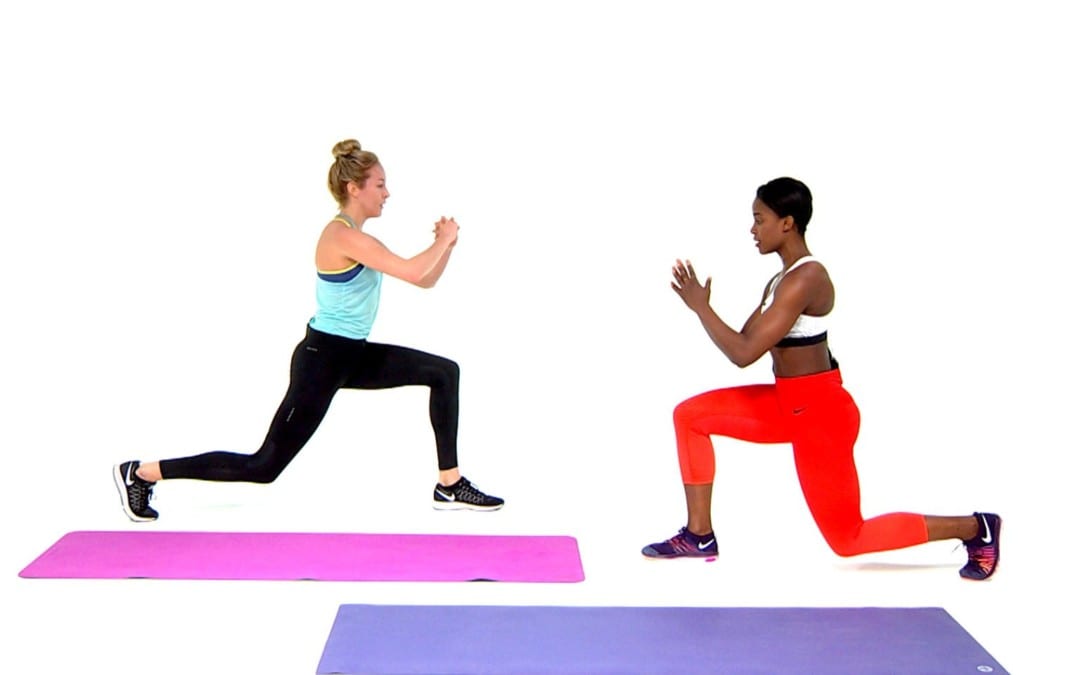
by Dr Alex Jimenez DC, APRN, FNP-BC, CFMP, IFMCP | Fitness, Health, Wellness
Strapless dresses. Destination getaways. Bachelorette parties. Wedding season festivities come with many opportunities to dress up and bare all. Whether you’re looking to get fit for your own special day or trying to sculpt for a BFF’s, this 10-minute HIIT workout from Nike trainer Lauren Williams will do the trick (and then some).
Ready to get your heart rate way, way up? Watch this video for a full demonstration on how you can strengthen and lengthen all over without any equipment. If you can’t watch, the fat-burning workout is described below, too. Get ready to get sweaty!
RELATED: Anna Victoria’s 9-Move HIIT Workout Will Tone Your Entire Body
Squats: Slowly squat down with the feet turned out slightly. This movement helps to open up the hip flexors and get the quads working right off the bat. Continue squatting for 45 seconds.
Plank roll-downs: From standing, roll your body down toward the ground and walk the hands out so you’re in a plank position. Hold for five seconds. Walk hands back toward body and roll back up to stand. Repeat. Continue for 45 seconds.
Side shuffle with high knees: To start getting your heart rate up, quickly shuffle from one side to the other. Take a few shuffle steps to one side and begin to raise knees high, up towards your chest, for three seconds. Shuffle to the other side and repeat the high knees motion. Continue switching off between the two exercises for 45 seconds.
Plank with squat hold: From a high plank position, jump and place the feet flat on the ground so you’re squatting in a chair pose. Hold the squat for three seconds, then jump the feet back to return to high plank. Continue one minute.
Push ups: Complete push-ups with your hands wider than the width of a yoga mat for 45 seconds.
RELATED: Try This Calorie-Torching HIIT Workout from The Fhitting Room
Forearm plank: For an active rest that continues to keep your heart rate up, hold a forearm plank for one minute.
Squat with rotation: From a squat position, jump and turn your body 180 degrees, landing in a squat facing the opposite direction as when you started. Continue rotating from side to side in a squat position for one minute. You’ll burn fat while you strengthen your quads and hamstrings.
Forearm to high plank: From a forearm plank raise yourself up to a high plank (with hands on the ground) and slowly creep your hands out in front of your body slightly. Walk the hands back under the shoulders, lower to forearm plank, and repeat. Continue for one minute. To modify, simply bring the knees to rest on the floor. This move burns out the triceps and also strengthens the core at the same time.
Split squat lunge jumps: Start in a lunge position with the right leg forward, left leg back. Make sure both knees are bent at a 90-degree angle. Hold the lunge for three seconds, then jump to switch the front and back legs. Continue for one minute. The hold in between each jump ensures an extra tough burn.
Mountain climbers from plank: From plank, begin to jog your legs in towards your chest for a mountain climber movement. Make sure to keep your hips in line with your back, so they don’t lift up toward the ceiling. Continue for one minute.
Shuffle with burpee: From a demi squat position, shuffle three steps to one side, then drop the body down to the ground for your burpee. Quickly pop back up before shuffling to the other side and repeating. Continue for one minute.

by Dr Alex Jimenez DC, APRN, FNP-BC, CFMP, IFMCP | Fitness, Health, Wellness
If you�re like most Americans, health is the most important aspect of your life that needs improving. Without adequate health and well-being, you can kiss most of your other goals goodbye. Declining health and vitality rob you of the energy you need to achieve your personal or professional goals.
With that in mind, I�ve created a series of simple practices�the more of these you do, the better and more in charge of your life you�ll feel.
Sit Less, Move More
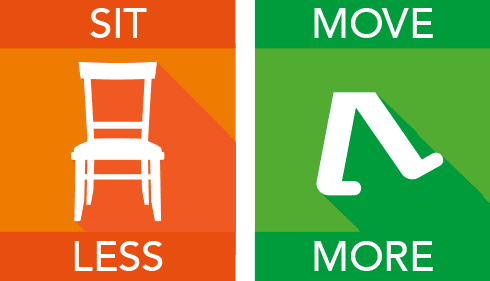
As humans, we are made to move. This doesn�t mean running around on a daily basis, but rather spending a good portion of our days walking, standing and moving in general. If we don�t, our bodies rebel and our health declines. Movement is not only good for your cardiovascular health, but also for your mental health. Do some form of exercise that significantly raises your heart rate for 30 minutes at least four times a week. Remember, also, to break up your sitting and move frequently during the day.
Get More Sleep

Sleep is often the single most undervalued behavior in our lives�and yet it is the one with the most immediate power to improve our lives in every waking moment. If you�re averaging less than six hours of sleep, aim to get just one more hour a night. It will leave you feeling more physically energized, emotionally resilient and mentally clear.
Eat Less, More Often
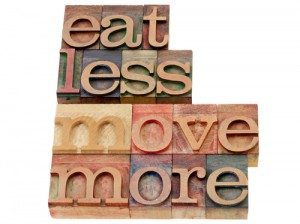
Food is fuel, and real food�healthy proteins, vegetables (complex carbohydrates) and fruits �are high-octane fuel. You feel best when you eat in small doses throughout the day, beginning with breakfast. Try for more local and organic fruits and vegetables. Remember, the fresher the food, the more potent its nutrients.
Remove Interference

Chiropractic care can literally change your life, and enable you to live a pain-free life full of energy and vitality. That�s because chiropractic adjustments help reduce or eliminate pressure on your nerves�the same ones responsible for your everyday bodily functions. Chiropractic will help eliminate pain and inflammation, reduce fatigue, and restore normal nerve flow to all your organs, giving you the energy, drive and peace of mind to go out there and live life the way it was meant to be lived.
Renew More
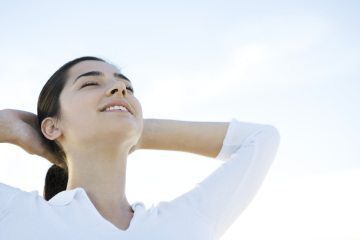
Human beings are not designed to work eight or more hours straight. We�re meant instead to alter between moving (spending energy) and resting (renewing energy). Ideally, take a break every 90 minutes, even if only to spend a minute or two stretching or breathing deeply. It all matters, and it all adds up.
Be Present
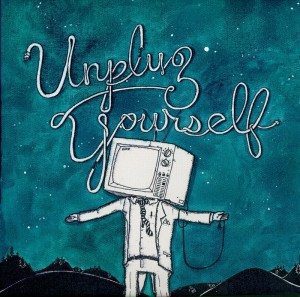
The greatest gift you can give someone is your undivided attention. After all, it�s better to be fully present with someone for an hour than physically present, but distracted, for multiple hours. Shut off your phone at a certain time each day, and practice being present with your family and friends.
Gratitude Adjustment

We�re far quicker to notice what�s wrong in our lives than we are what�s right. Gratitude has tremendous power; if it is sincere and heartfelt it makes a big difference to our outlook. To help change this mindset, once a week aim to write a note of appreciation to someone who deserves it, telling the person precisely what you�re grateful for.
Do The Most Important Thing First

Early in the morning (after your coffee), you�re likely to have the most energy, and the fewest distractions. Start your workday by focusing without interruption on the most important or challenging task you can accomplish that day.
Feed Your Mind

Our brains work better if we challenge them, and life becomes more interesting when we do. Reading is, of course, a simple way to learn and grow, but so is building a daily practice around learning a new language, a sport, an instrument, how to fix a car, or learning to draw.
Give Back

Lending a helping hand not only aids others in need, but it�s also very rewarding. Throughout the year, aim to take some time to add value to the world at large by supporting charities, standing up for great causes, or giving back to your community.

Call Today!
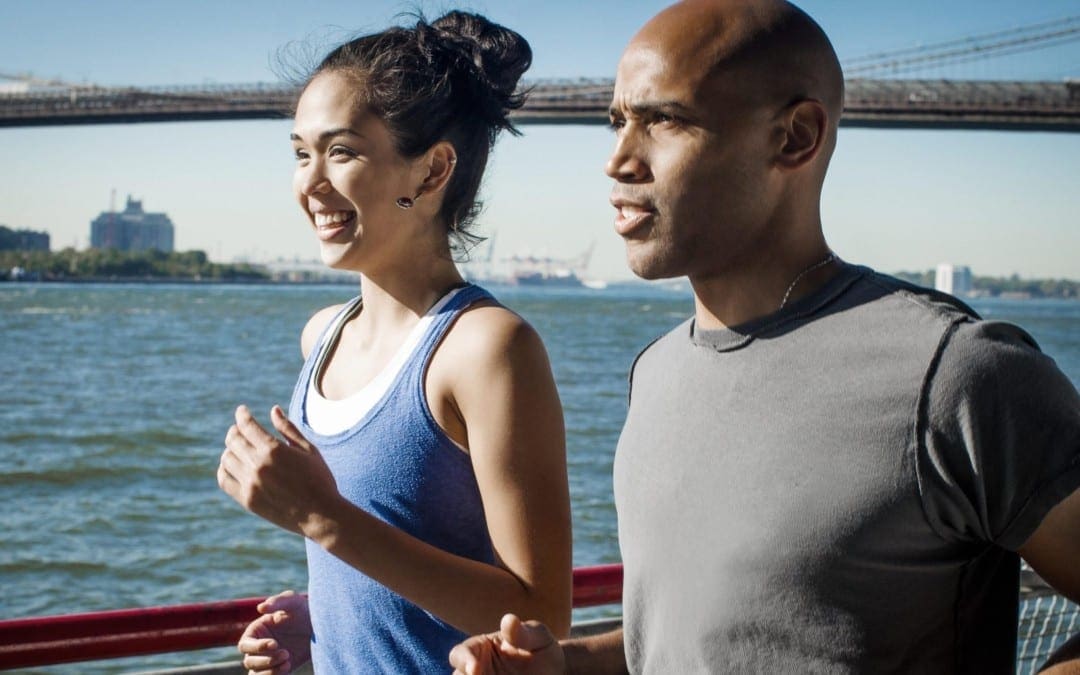
by Dr Alex Jimenez DC, APRN, FNP-BC, CFMP, IFMCP | Fitness, Health, Wellness
In case you missed it, yesterday was World Physical Activity Day. The goal? To encourage all of us to get off our duffs and move around more—which is always a good thing. We know that adults who don’t get the recommended amount of exercise per week (at least 150 minutes of moderate-intensity movement) are at a higher risk of diabetes, depression, cancer, and more. Science has also shown that not exercising can raise your risk of heart disease as much as obesity does. But the simplest reason to stay active? It makes you feel good.
Turns out Twitter users are all for working that body too. Here are six of the impressive stats and chuckle-inducing GIFs that were tweeted out yesterday, and made us want to get our sweat on asap.
Yep, even waddling counts as exercise.
But there are endless ways to get your muscles firing.
Here’s an impressive fact, courtesy of London’s Newcomb Library: Walking briskly for just 75 minutes a week can add nearly two whole years to your life.
We love that Cancer Research UK called out dancing and gardening as alternative ways to raise your heart rate. Treadmill who?
No matter what kind of workout we’re talking about, keep in mind that This Girl Can crush it.
Just don’t let this happen to you…
Happy sweating!

by Dr Alex Jimenez DC, APRN, FNP-BC, CFMP, IFMCP | Fitness, Health, Nutrition, Wellness
Governments could boost the consumption of healthy food by making it cheaper, as well as requiring that unhealthier food be more expensive, a new review suggests.
The findings are based on an analysis of 30 studies. Eleven studies looked at what happened when unhealthier foods were taxed. Nineteen studies explored what people choose to eat when subsidies lowered the price of healthier food. The collection of studies found that food prices really do matter.
“Our results show how 10 percent to 50 percent changes in price of foods and beverages at checkout could influence consumers’ purchasing behaviors over a relatively short period of time,” said study co-first author Ashkan Afshin, a former postdoctoral fellow at Tufts University in Boston. He is now at the University of Washington.
Researchers found that consumption of produce jumped by 14 percent for each 10 percent drop in price. A similar increase in consumption occurred when other healthier foods became cheaper. People also became slightly thinner when produce prices went down, the review reported. On the flip side, a 10 percent price increase in sugar-sweetened beverages and unhealthier fast food translated to decreases in consumption by 7 percent and 3 percent, respectively.
“The global food system is causing a staggering toll on human health. And this is very costly, both in terms of real health care expenses and lost productivity,” said study senior author Dr. Dariush Mozaffarian, dean of the Friedman School of Nutrition Science & Policy at Tufts.
“Our findings suggest that subsidies and taxes are a highly effective tool for normalizing the price of foods toward their true societal costs. This will not only prevent disease but also reduce spiraling healthcare costs, which are causing tremendous strain on both private businesses and government budgets,” Mozaffarian said said in a Tufts news release.
The study was published March 1 in the journal PLOS One.
The scope of our information is limited to chiropractic and spinal injuries and conditions. To discuss options on the subject matter, please feel free to ask Dr. Jimenez or contact us at 915-850-0900 . 
Back pain and symptoms of sciatica can affect a majority of the population throughout their lifetime. Research studies have demonstrated that people who are overweight or obese experience more back complications than people with a healthy weight. A proper nutrition along with regular physical fitness can help with weight loss as well as help maintain a healthy weight to eliminate symptoms of back pain and sciatica. Chiropractic care is also another natural form of treatment which treats back pain and sciatica utilizing manual spinal adjustments and manipulations.



























